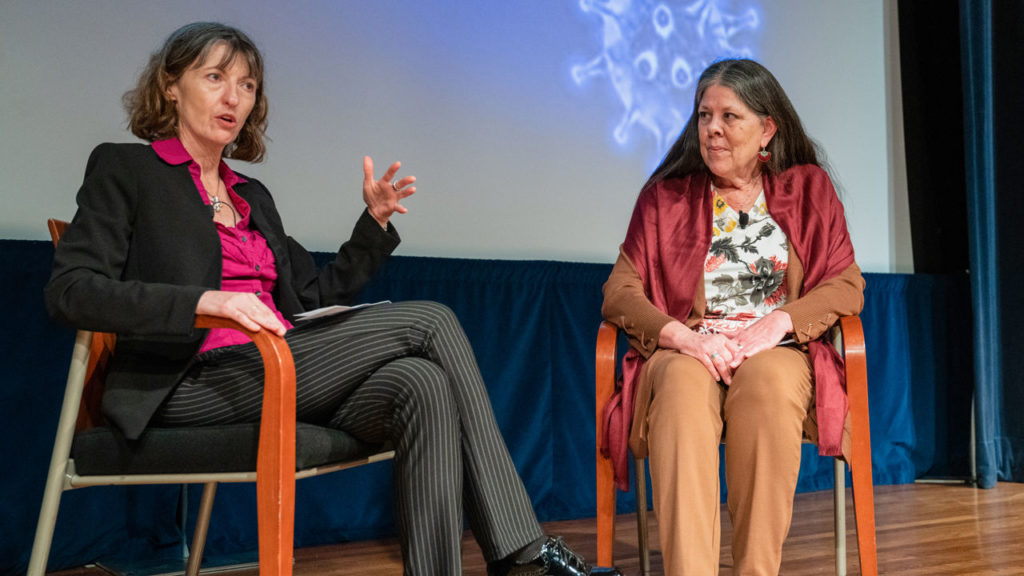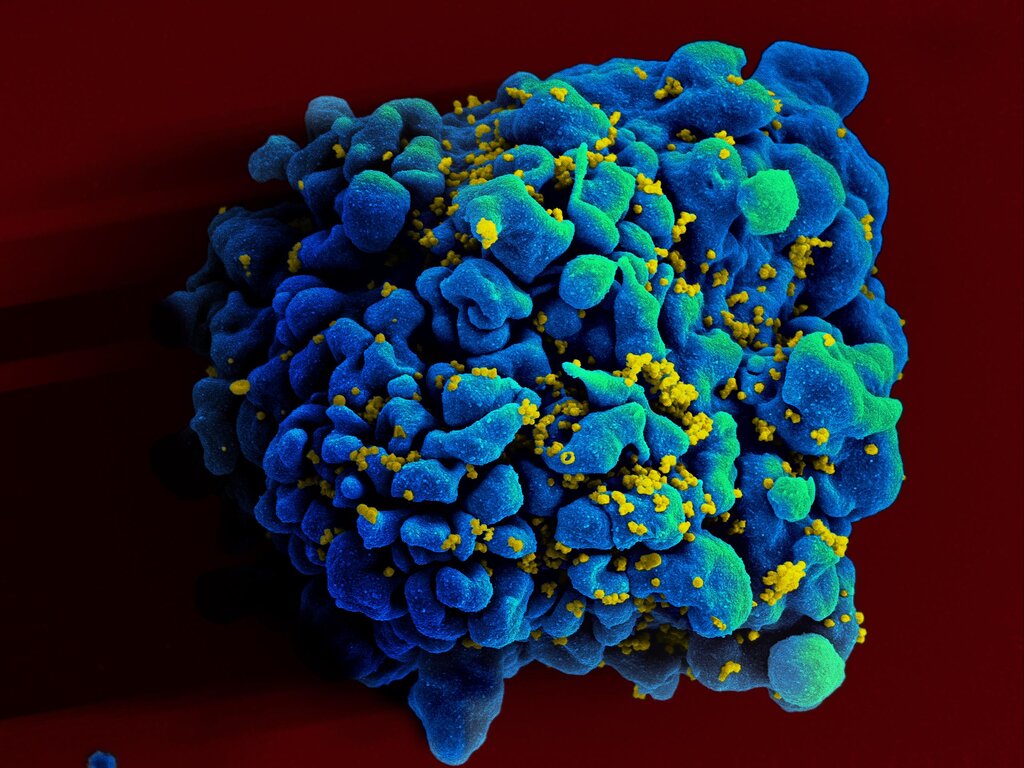By Jon Cohen of Science
A tiny fraction of the 38 million HIV-infected people in the world have what seems like a superpower. Without the help of antiretroviral (ARV) drugs, they keep the AIDS virus at undetectable levels in their blood, sometimes for many years, even though they still have HIV genes woven into their chromosomes. Now, the most in-depth genomic analysis of these rare individuals, who account for less than 0.5% of all HIV infections, reveals a clue to their success, which scientists hope will ultimately lead to new strategies to corral the virus in others.
All but one of the 64 “elite controllers” analyzed in the new research have abundant and intact HIV genomes, so-called proviruses, integrated in their cells. But compared with people who have to take ARVs, elite controllers have far more proviruses in chromosome regions where little gene activity occurs, the study finds. Somehow these people have eliminated infected cells with proviruses parked in areas where they more readily co-opt the cellular machinery needed to copy themselves. As a result, elite controllers’ immune systems can handle for prolonged periods—decades in some cases—the low levels of HIV they presumably do produce.

The “comprehensive and elegant study” provides “nature’s proof of principle of how a functional cure [for HIV] is possible,” says Beatrice Hahn, a virologist at the University of Pennsylvania. The challenge now is to identify how to translate this elite controller trick to the far larger HIV-infected population, but the new study “gives us a blueprint,” says Mathias Lichterfeld, an infectious disease physician at Brigham and Women’s Hospital and a co-author of the work, published today in Nature.
When people on ARVs stop the drugs, HIV typically floods their blood within weeks, as “reservoirs” of proviruses in various cells and tissues spring into action. As a result, HIV cure researchers long have attempted to reduce the size of these reservoirs. But the Nature study, led by immunologist Xu Yu of the Ragon Institute of MGH, MIT and Harvard, suggests the size of a reservoir may be less important than limiting proviruses to quiescent chromosome homes.
HIV typically splices its provirus into a cell’s genes, which make up only 1% of the human genome. That helps the virus co-opt the gene transcription machinery needed to churn out new HIVs. But when Yu and colleagues pinpointed the location of nearly 4000 proviruses in cells from the elite controllers and 42 people on ARVs, they found a striking difference. In elite controllers, 45% of the proviruses reside in “gene deserts,” regions of chromosomes where little transcription occurs. In people on ARVs, the number was 17%. Read more from Sciencemag




